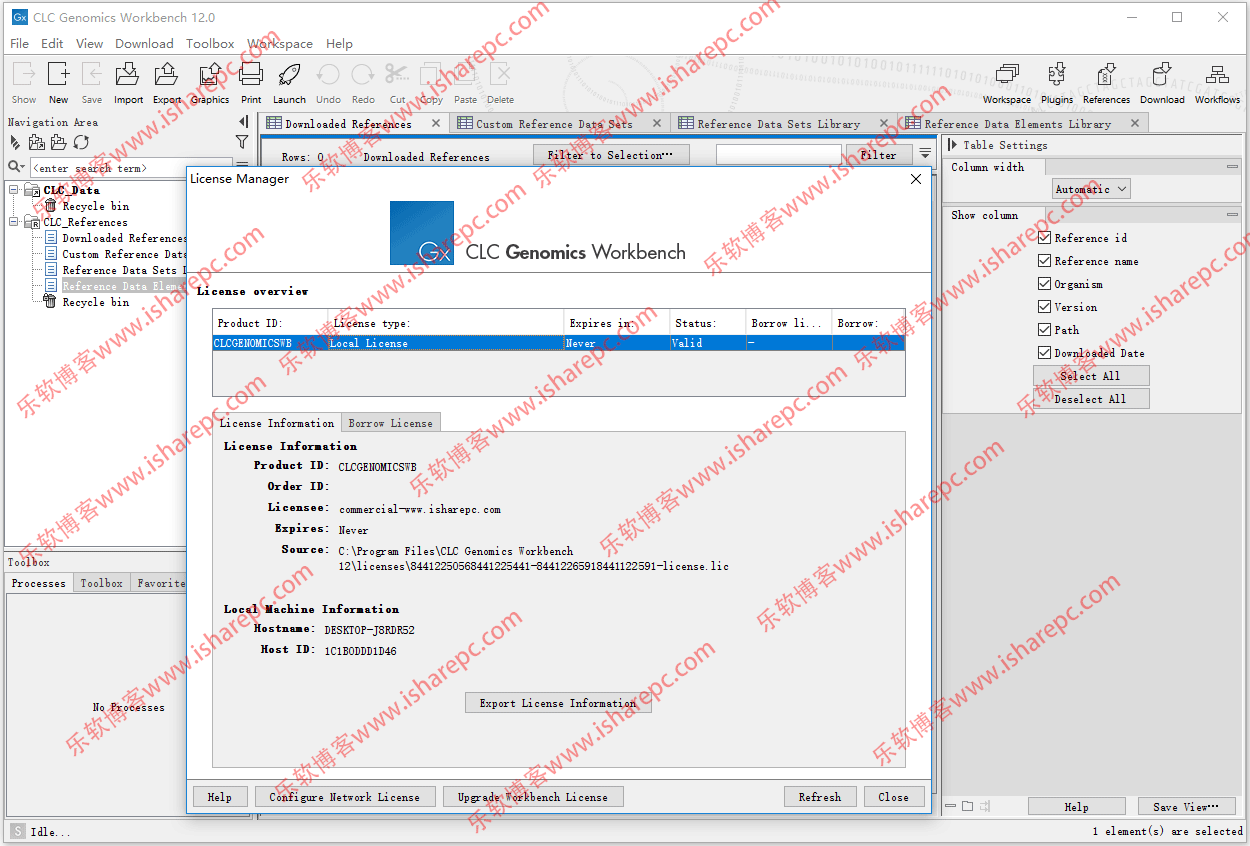

I don't know where you are at in your career, but learning these tools has made me feel ahead of the game and more trusting of my results. Many others have stood where you're standing, resulting in a lot of blog posts etc. Although, command line analysis is quite difficult at times to learn and incredibly frustrating, it's not impossible. Therefore, I would advise to use CLC as more of a preliminary analysis tool. I ended up getting clearer results that I trusted and understood better after abandoning CLC and using DESeq and EdgeR (with DESeq being my preferred method). Hi Cristina, I previously used CLC for RNA-Seq analysis and fiddled with lots of parameters, my final output delivered a low number of differentially expressed genes (DEG) that were uninformative. the oligo pair-annealing score." Not very helpful in my view.) the secondary structure score and parameters pertaining to oligo-pairs such as e.g. The algorithm considers both the parameters pertaining to single oligos, such as e.g. (Edit: From the help menu: "CLC Main Workbench employs a proprietary algorithm to rank primer and probe solutions. However, since you are quite free to set a multitude parameters, I guess that the hits are scored mainly based on fitting these as well as the alignment with the homolog sequences. I didn't really get any insight into the algorithm that CLC uses to determine primers in the manual.
#Clc genomics workbench 3.6 download software#
While checking the software options I saw that most people recommend Primer3 in this context. However, I didn't use it for TaqMan probes yet. It offers convienient options to design primers from alignments that are able to discriminate between rather homolog sequences.

Since I am used to do primer design in the CLC Main Workbench that would obviously be my first choice. I want to design primers/probes for a TaqMan application.


 0 kommentar(er)
0 kommentar(er)
